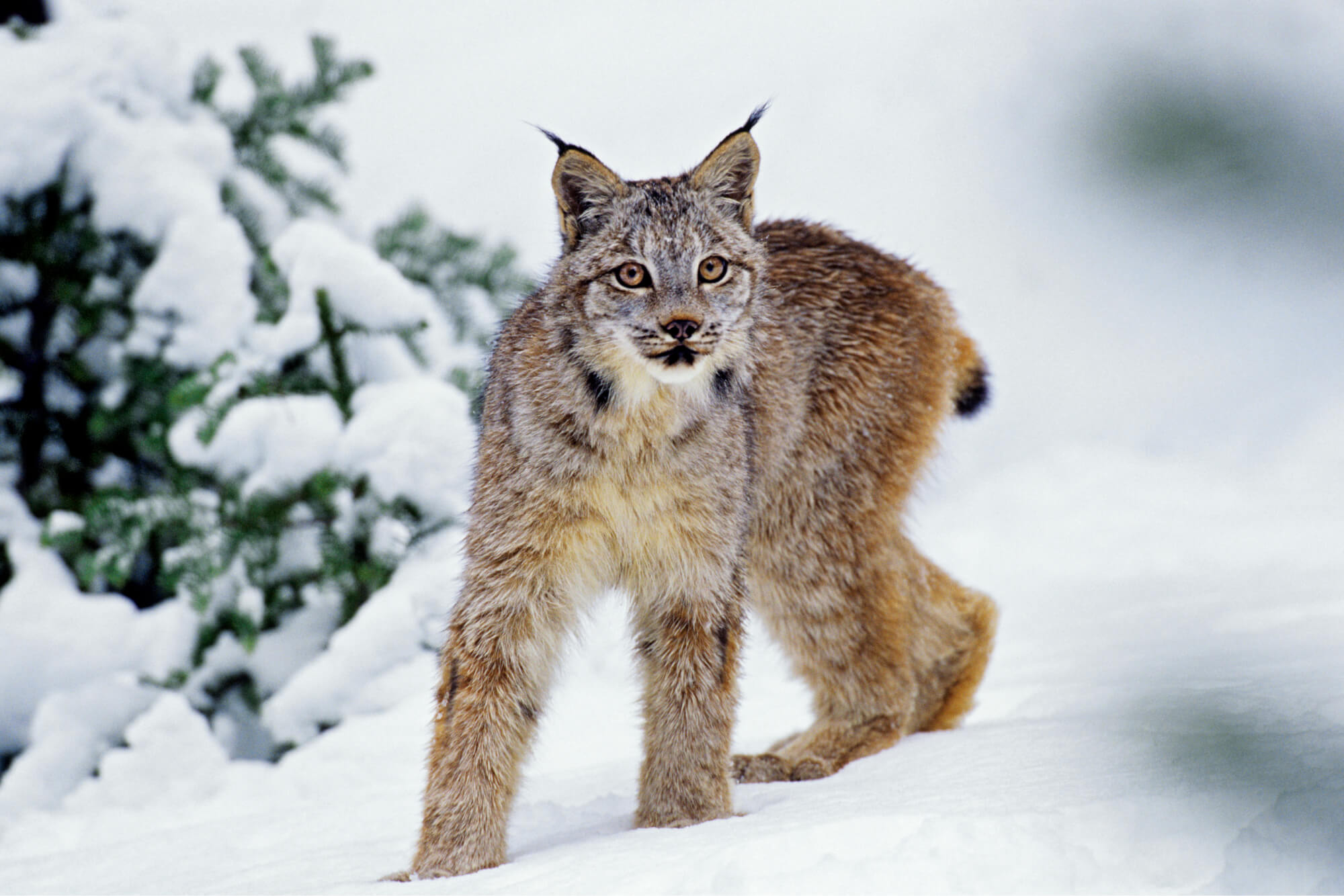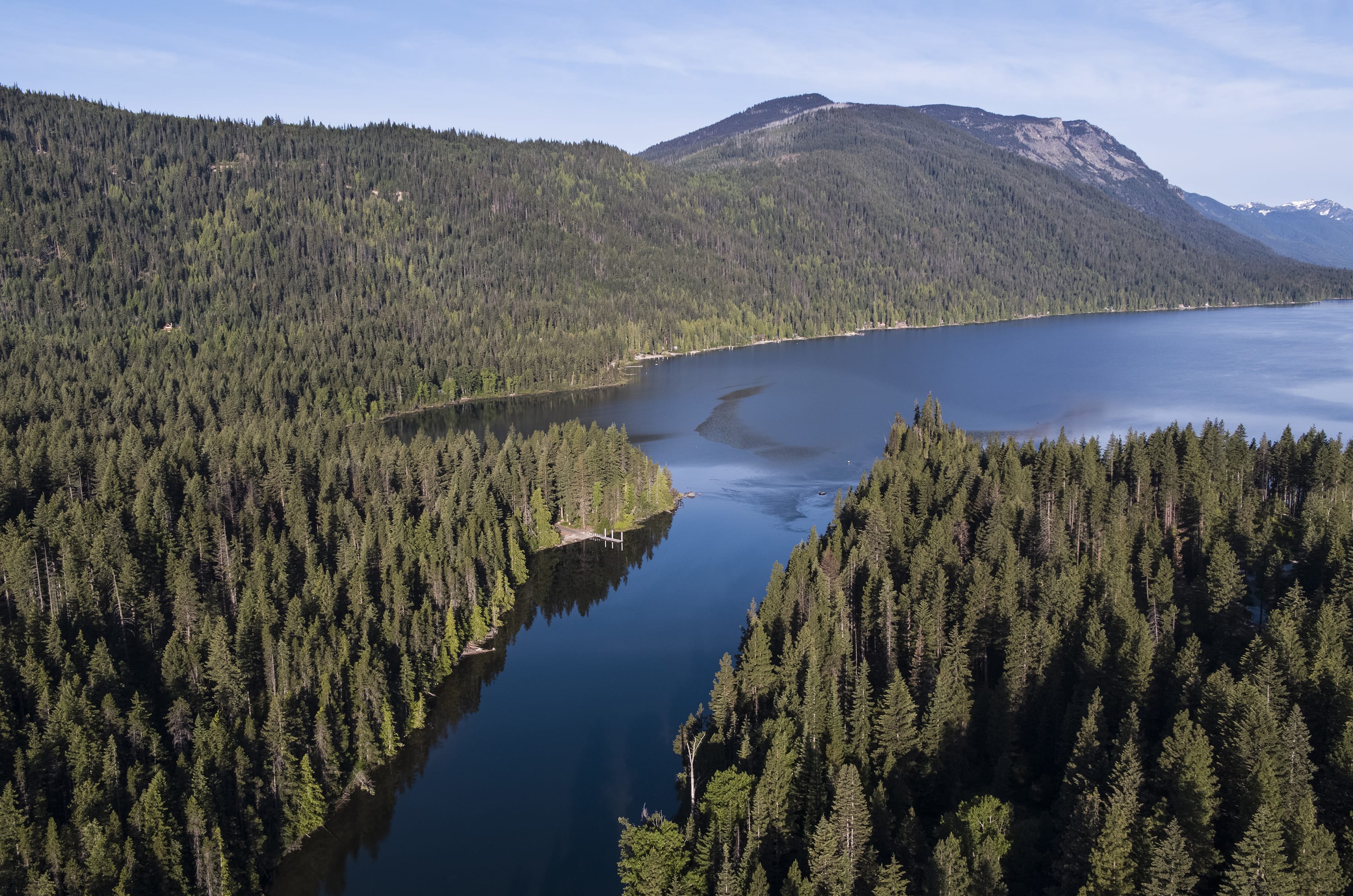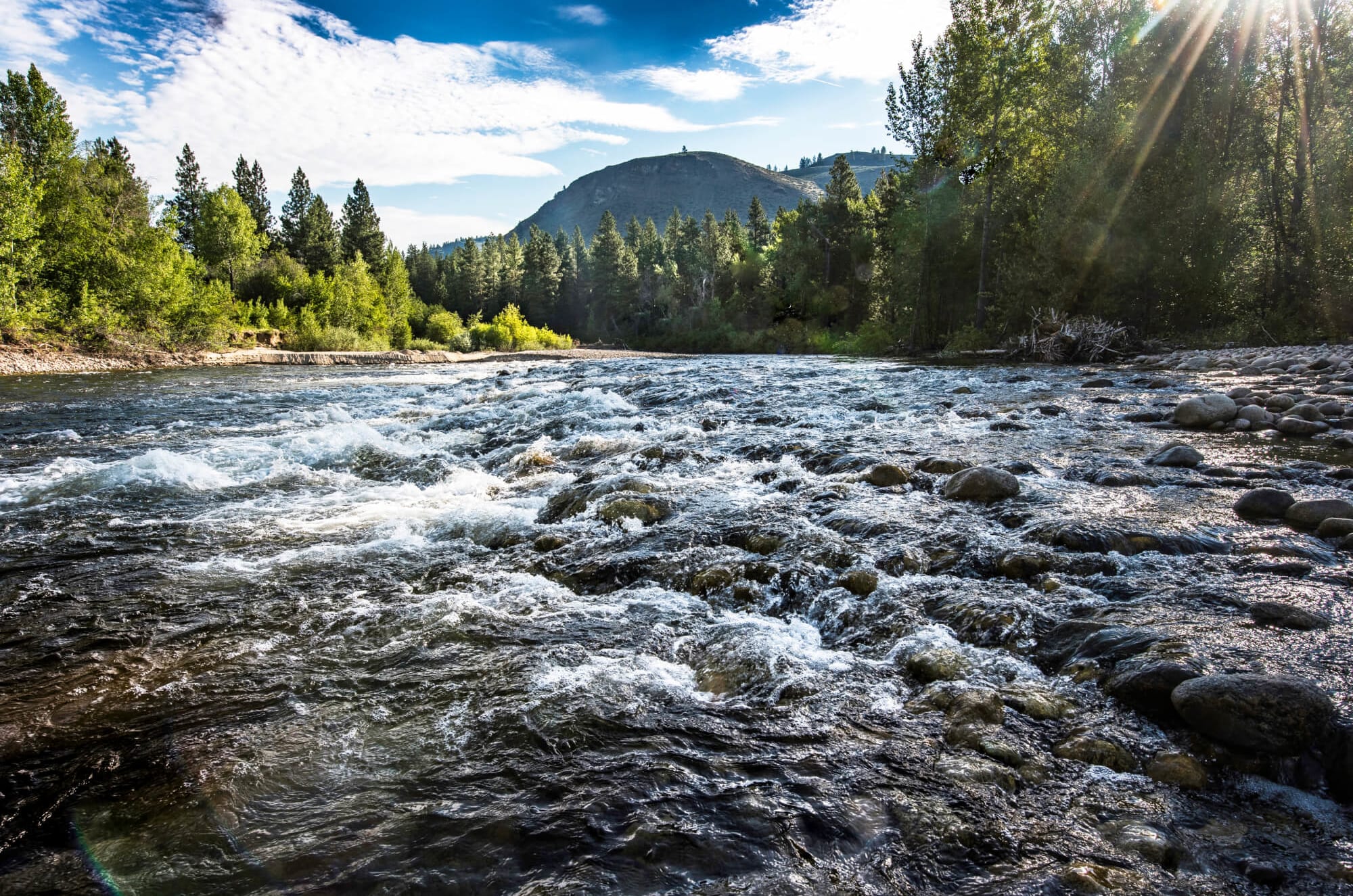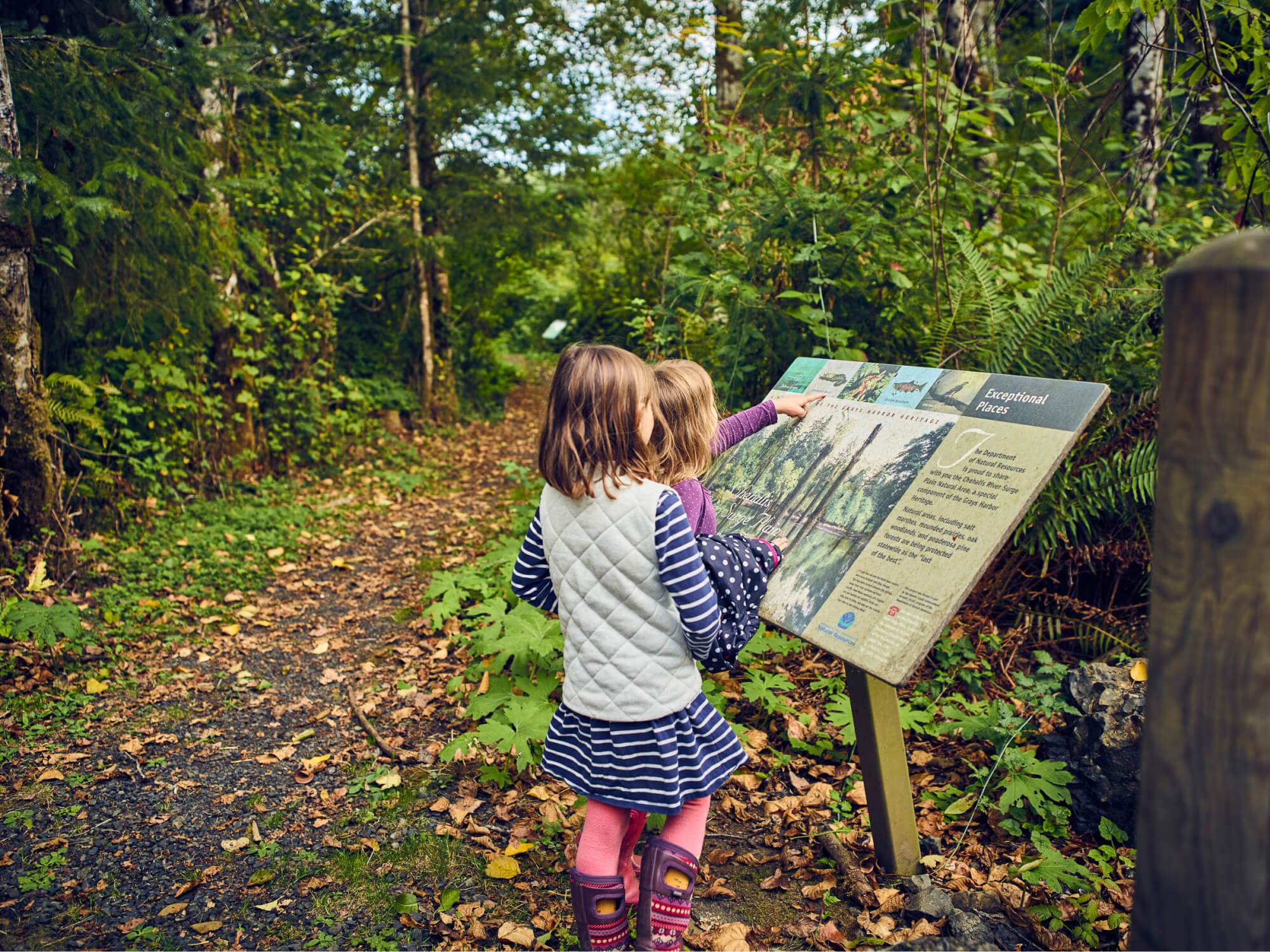In the remote northeast corner of Washington, Big Sheep Creek snakes its way out of the Monashee Mountains and winds through a wide valley of conifer forests, meadows and wetlands rich with wildlife. Rare redband and bull trout inhabit the creek, and the gentle, fertile terrain of the river valley makes it the region’s prime route for large mammals moving north and south between Canada and the United States. Moose, grizzly bear, Rocky Mountain elk, mountain goat and bighorn sheep all move through the area each season.
In 2015, Western Rivers Conservancy completed conservation of the 2,440-acre Bennet Meadows Tract, an effort that forever protected over four miles of high-quality riparian and wetland habitat, as well as the extensive meadows for which the property was named. The lands are surrounded by the Colville National Forest and the property is an integral part of the greater movement corridor of the Big Sheep Creek valley. WRC purchased the lands in 2014 and conveyed them to the Colville National Forest in late 2015 for permanent conservation management.
Within the Big Sheep Creek valley, small streams, ponds and wetlands offer prime habitat for rare carnivores like grizzly bear (threatened) and wolverine (recently petitioned for listing under the Endangered Species Act). The project lands lie within the home range of a new grizzly population in Washington, and the five bears documented on the property are believed to form 50 to 75 percent of the state’s total grizzly population. The tract also provides habitat connectivity for Canada lynx moving between the Kettle Mountains and the Cascades and contains habitat suitable for wolves.
Bennett Meadows and the surrounding National Forest land are also home to mountain lion, fox, pygmy shrew, Townsend’s big-eared bat, beaver and pine marten. A plethora of bird species have also been documented on the property, including American peregrine falcon, bald eagle, great gray owl, pileated and northern three-toed woodpecker, spruce grouse and goshawk.
WRC’s efforts also ensured access to a key reach of the Pacific Northwest National Scenic Trail. This 1,200-mile trail runs from the Continental Divide to the Pacific Ocean and bisects the southern sector of the property. WRC’s acquisition of the parcel placed a unique stretch of the trail into public hands, improving wildlife viewing opportunities and helping ensure this recreational treasure remains public forever.
Essential support for the Big Sheep Creek project has been provided by The Vital Ground Foundation, Conservation Northwest, Horizons Foundation, Charlotte Martin Foundation and Totem Ocean, Inc.















